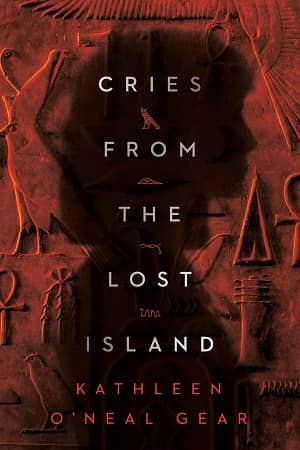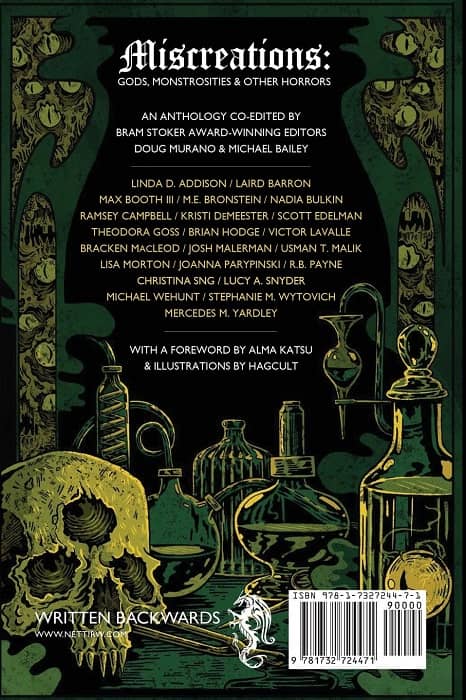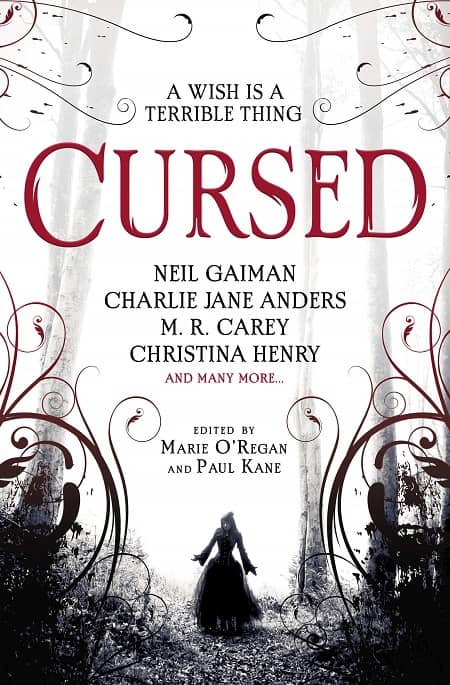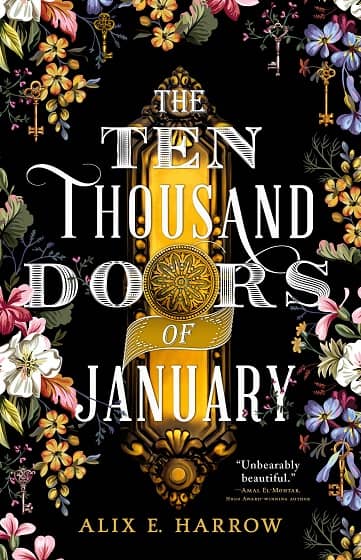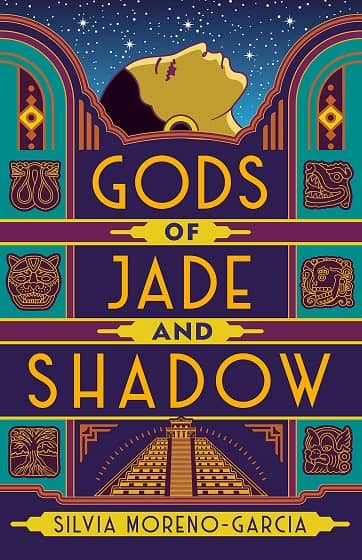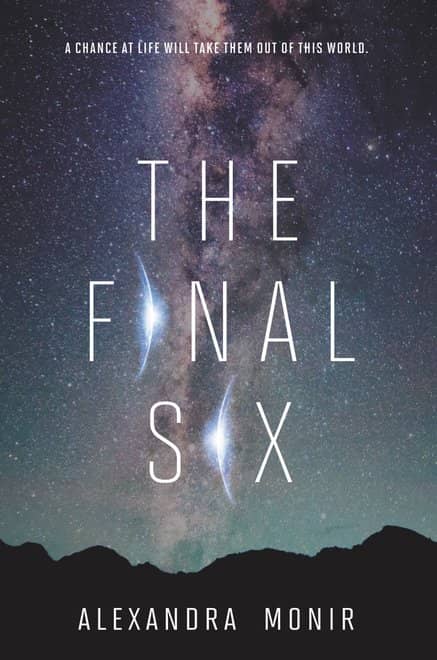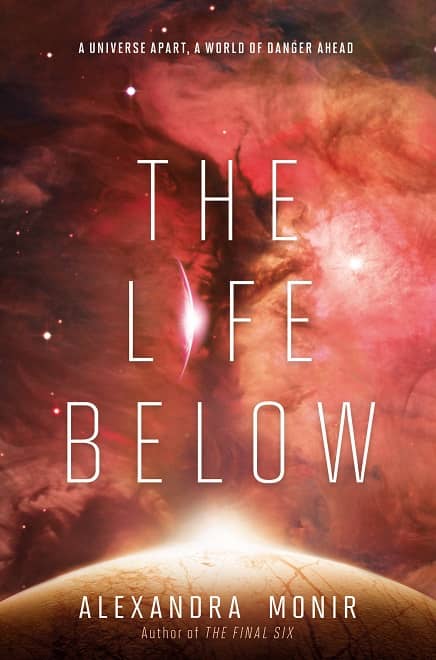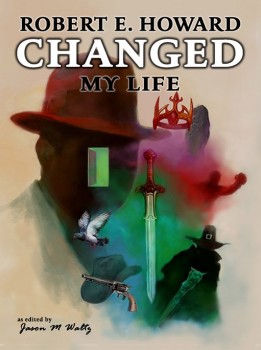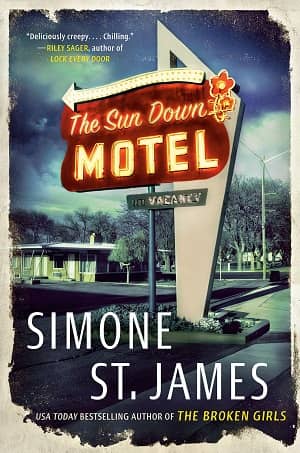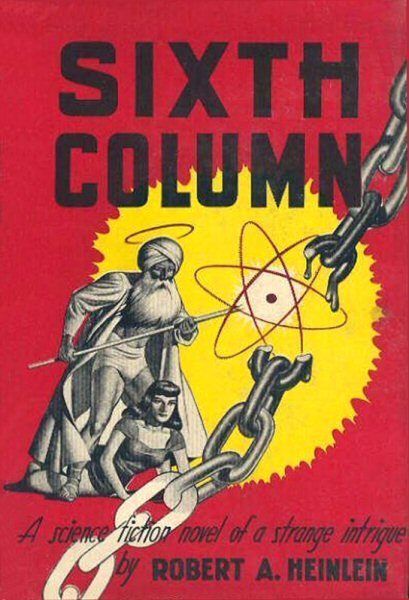io9 on All the New SF & Fantasy You Need to Know About in February
 |
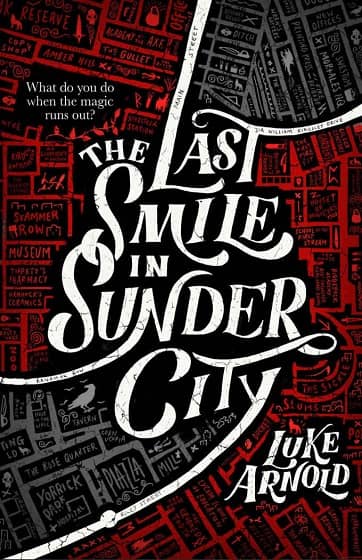 |
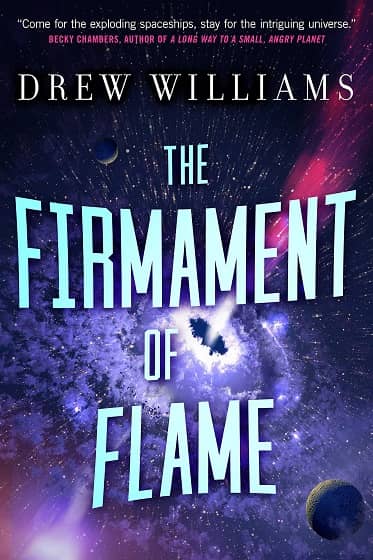 |
As the months go by I feel the loss of the Barnes & Noble Sci-Fi & Fantasy Blog keenly. It shut down on December 16th of last year, firing all freelancers and halting production of new content. That included Jeff Somers’ monthly survey of the best genre books, which I’d grown to depend on to keep me reliably informed. Fortunately there are fine other resources for book junkies, like Cheryl Eddy’s monthly new book column at io9/Gizmodo. This month Cheryl looks at 43 new titles from Seanan McGuire, Alastair Reynolds, Marshall Ryan Maresca, Ken Liu, Ben Aaronovitch, Katharine Kerr, Gareth L. Powell, R.E. Stearns, C.L. Polk, Sarah Gailey, Melissa de la Cruz, Justina Ireland, Cate Glass, and many others.
Here’s a few of the highlights. First up is the sequel to The Lost Puzzler, Eyal Kless’ tale of a lowly scribe sent out in world full of puzzles, tattooed mutants, and warring guilds, which we covered last year.
The Puzzler’s War by Eyal Kless (Harper Voyager, 560 pages, $17.99 trade paperback/$11.99 digital, February 4, 2020)
This follow-up to sci-fi adventure The Lost Puzzler finds a variety of characters — including an assassin, a warlord, and a mercenary — tracking down a teenage boy who may the only person able to save the world by solving the ultimate puzzle.
My underground contacts tell me The Puzzler’s War is the second novel in what’s being called The Tarakan Chronicles.
